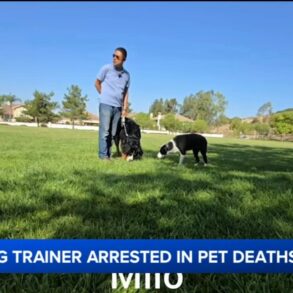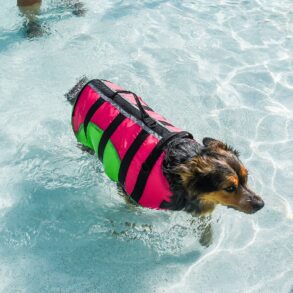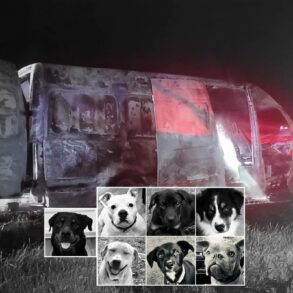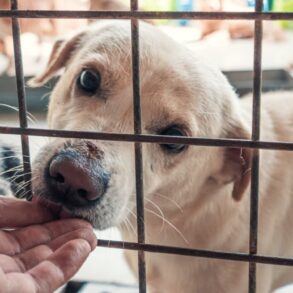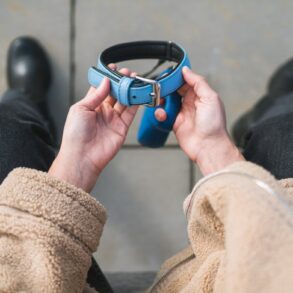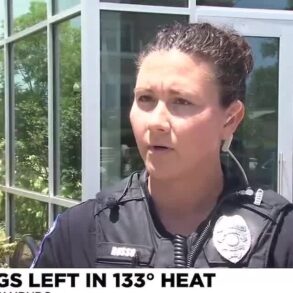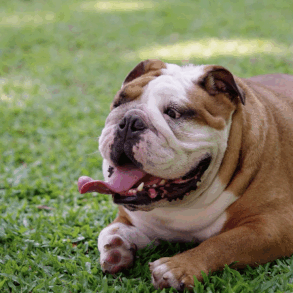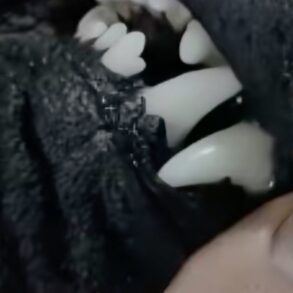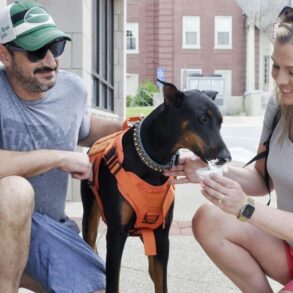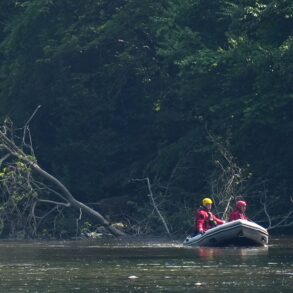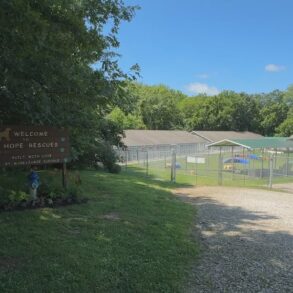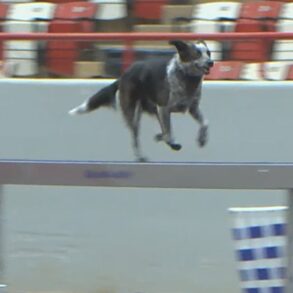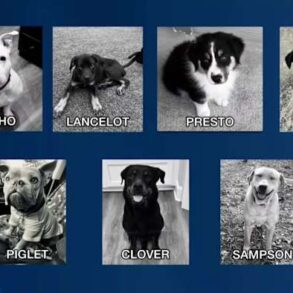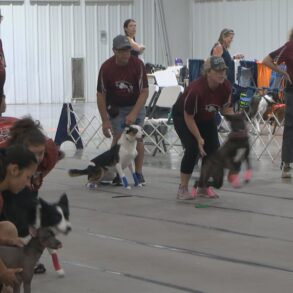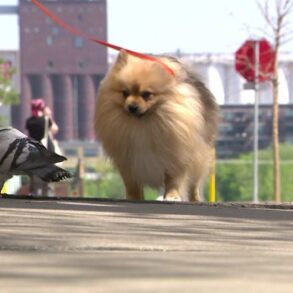(Family Features) They may be cute, fluffy and friendly, but some dogs also have an important job: protecting America’s food supply.
By deploying specially trained beagles, Labrador retrievers and Jack Russell terriers, the U.S. Department of Agriculture’s (USDA) Animal Plant Health Inspection Services’ (APHIS) Detector Dog Program puts elite canines to work on the front lines at international airports, mail facilities and border crossings throughout the nation. These furry sleuths maneuver between passengers and luggage to search, locate and respond to the presence of banned fruits, plants and meats that may harbor damaging insects and diseases that threaten the country’s agricultural production and natural resources.
The program was started in 1984 and soon grew in demand. By 2009, APHIS opened a 17-acre National Detector Dog Training Center near the Atlanta International Airport. At the center, dogs and their handlers go through an 8-10-week training program to learn how to inspect passenger luggage and handbags for agricultural goods such as fruits, vegetables, beef and pork.
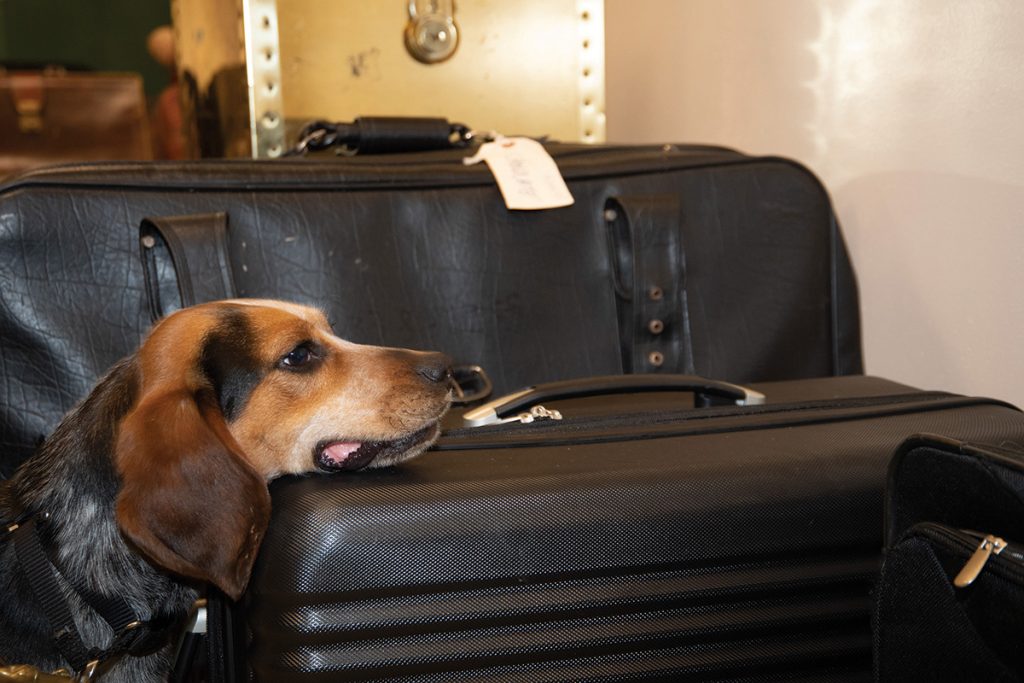
Detector dogs patrol ports of entry, borders and airports to keep harmful pests, like invasive fruit flies, out of the country. For example, labrador retrievers and their handlers protect the nation’s fruit by patrolling citrus orchards along the Texas-Mexico border in search of infested or diseased crops.
Safeguarding U.S. agriculture and natural resources is part of the program’s mission, but APHIS’ Detector Dog Program also partners with countries like Canada and Taiwan to supply guidance, training and testing of canine detection. There are even detector dog teams on the job at cargo airports throughout countries in the Pacific, tasked with identifying invasive species and stopping them from reaching Hawaii. The work these dogs and their handlers do is critical to help stop the spread of invasive plant and animal pests and diseases that could ravage America’s agriculture.
A detector dog’s career spans 6-8 years before they retire at 9 years old. At retirement age, 90% of dogs are adopted by their handler. In the rare case they are not, the handler will recommend a good home and a successful adoption program ensures all dogs are well placed.
Constantly on the lookout for new pups, APHIS works closely with animal shelters, rescue groups and private individuals to find the right dogs for the job from anywhere in the country. New recruits are 1-3 years old, heartworm negative, have high food drive and are environmentally and socially friendly. The ideal candidate is often that high-energy, hard-to-handle pooch who simply needs a job and a purpose.
If you or someone you know would like to help the program grow its squad of super sniffers, email [email protected], call (887) 797-3899 or learn more at www.aphis.usda.gov/plant-protection-quarantine/detector-dogs.
#17552
Source: U.S. Department of Agriculture
TOP PHOTO: Detector dog (United States Department of Agriculture)
This post was originally published on this site be sure to check out more of their content.






